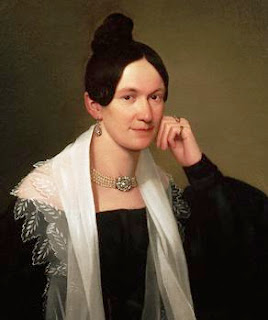By 1800, Beethoven had already made a name for himself in Vienna as a pianist and composer. In his circle, there were princes and counts who regularly invited him to their palaces. The purpose of these gatherings was to enjoy a pleasant musical evening, although sometimes Ludwig would bring his nightcap in case they let him spend the night there.
An indispensable participant in these evenings was Prince Karl von Lichnowsky, one of his best friends, to whom Beethoven dedicated, among other pieces, the sonata called "Pathétique", published in 1799. Right from the beginning, this piece received popular acclaim.
The first movement, allegro molto e con brio, begins with an introduction marked grave, where some bleak and sorrowful bars oscillate between forte and piano. Then, a very rapid chromatic waterfall will link with the allegro proper in a perfect blend.
Sonata Opus 13 "Pathétique" - First Movement - Piano: Krystian Zimerman
Beethoven had arrived in Vienna in 1792, at the age of 22. Whilst passing through Bonn, Haydn had invited him to be his pupil in Vienna, but their incompatible personalities made the teacher-student relationships extremely difficult. The same happened with other musicians, until he met the opera director Antonio Salieri, maestro di capella of the Court and alleged poisoner of Mozart. Ludwig ended up taking lessons with Salieri for more than 8 years. The relation proved fruitful and for this reason it can be said — if we forget his incipient deafness — that when the Pathétique was published the young Ludwig was having his best years. In fact, he had integrated fully to the Viennese society, hobnobbing with members of the nobility, which came with the previously unimaginable privilege, in the words of one of his biographers, "of falling in love with their daughters".
However, hanging out with the aristocrats was not cheap. It was de rigueur to have lackeys and dress well. The latter was Ludwig’s weak point, since he was somewhat plump and had to try harder than ordinary people, and this meant spending money.
But money was not a problem for Beethoven, at least not in the 1780s or onwards. His income came from four main sources: public performances as a pianist; teaching, preferable to the more select and prosperous clientele possible; the organization of concerts based on his own or other composers’ music; and finally, the publishing of his pieces, which his editors would fight tooth and nail about, as he used to boast. In a letter to his friend Dr Wegeler (who eventually beat him in seducing Eleonore von Breuning), Ludwig stated:
“My compositions are very profitable, and I may really say that I have almost more commissions than it is possible for me to execute. I can have six or seven publishers or more for every piece, if I choose; they no longer bargain with me — I demand, and they pay — so you see this is a very good thing.”Being a musician does not imply being a serf, seems to have been Beethoven’s motto. Hence, the genius of Bonn will seek relentlessly for the quality of life and social consideration that he thought was owed to an artist of his standing. The romantic musician had been born!
The picture is an engraving showing Beethoven improvising at the piano for his friends. The musician and great piano teacher, Karl Czerny, is standing behind the maestro, in the foreground, to the left, Prince Lichnowsky; at his side, Prince Lobkowitz; on the right, Baron Van Swieten.
The maestro could hardly complain about lack of attention!
.....................................................................................................................................
Dear visitor, if you like this article we'll be very thankful if you share it on Facebook or Twitter, or recommend it on Google with an easy click



























